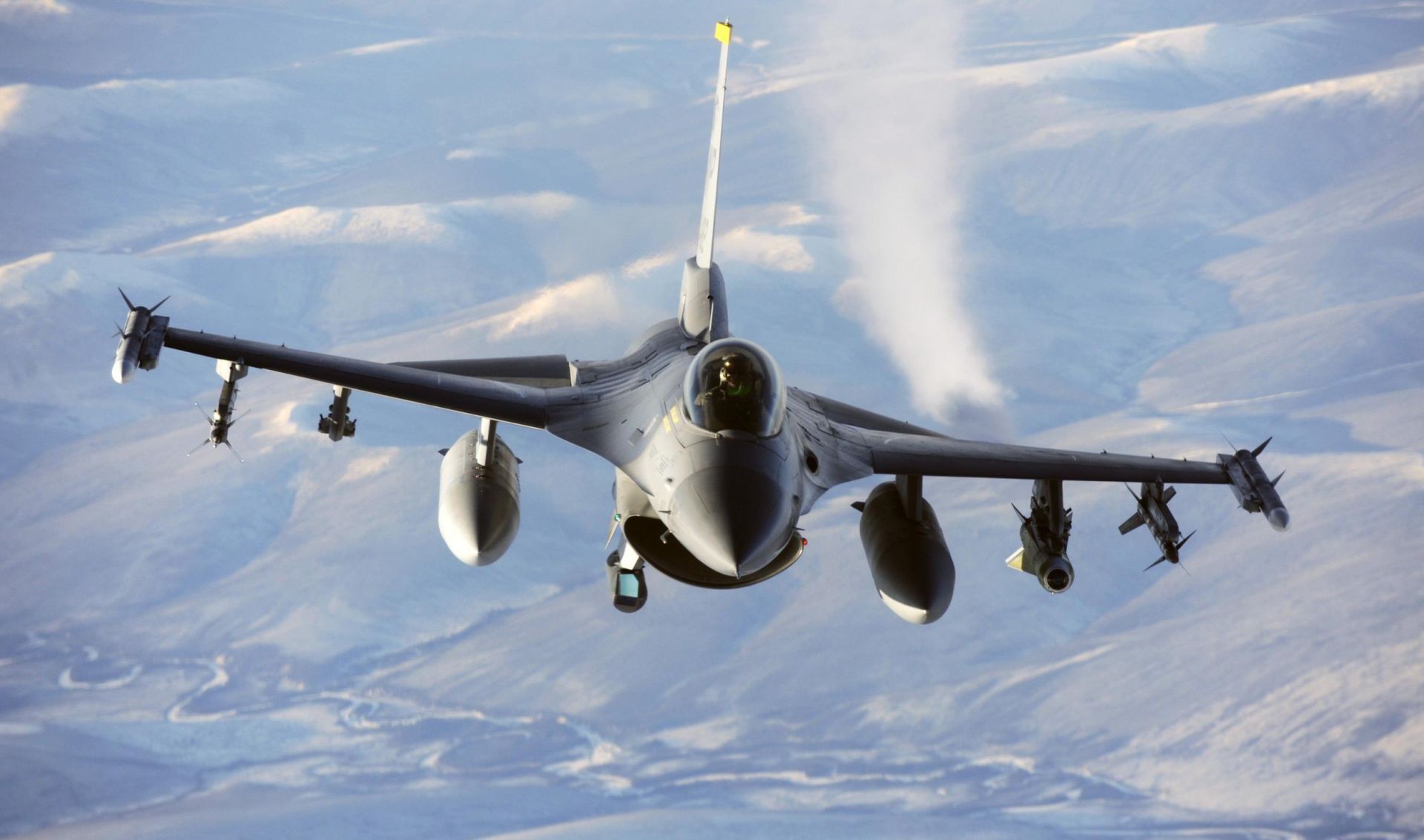The APG-68, APG-80, and APG-83 SABR (Scalable Agile Beam Radar) are Northrop Grumman’s fire control radar offerings for the F-16 fighter jet. As such, sales of these radars are directly affected by the extent and activity of the F-16 operator network.
In addition to the above-named models, the SABR GS has been designed to replace the U.S. Air Force B-1Bs’ APQ-164 radar. The SABR GS is a scaled-up version of the F-16’s APG-83 SABR.
Developments in the F-16 radar market have proceeded at a fast pace in recent times. This is being driven by a worldwide shift to AESA (active electronically scanned array)-equipped fire control radars.
Over the last 10 years, AESA technology has risen to become almost a default requirement for fighter aircraft. Because operators wish to stretch the lives of their F-16 fleets, one of the chief upgrade targets has been the radar.
To this end, Northrop Grumman developed the APG-83 SABR, and Raytheon developed the APG-84 RACR (Raytheon Advanced Combat Radar) to fill the AESA radar role on board F-16 fighters. However, one particular event in the F-16 upgrade market has complicated the situation, making near-term forecasting more difficult to project.
After having already selected Northrop Grumman’s APG-83 SABR, the U.S. Air Force dropped its plans to procure the radar, throwing the worldwide market for F-16 AESA radars off-balance.
With the loss of the influential U.S. contract, the APG-83 SABR is now in a more equitable competition with competitor Raytheon’s APG-84 RACR. Contracts delivered over the course of the next few years will determine how the future F-16 radar market will evolve, swinging in favor of either Northrop Grumman or Raytheon.
When South Korea selected BAE Systems (and the APG-84 RACR) and the U.S. selected Lockheed Martin (and the APG-83 SABR) to perform their F-16 upgrades, it seemed almost certain that a heated contest would evolve between the two radars. However, with South Korea recently tapping Lockheed Martin to take over the upgrades (utilizing the APG-83 SABR) from BAE Systems, the SABR now seems to have a clear advantage.
The key influence of the U.S.’s previous selection will swing the balance of F-16 AESA radar orders in favor of the APG-83 SABR. This is evident in Taiwan’s commitment to update its significantly-sized fleet with the radar and in South Korea’s about-face on contractor choice.
In the meantime, procurement of the APG-68(V)9 and APG-80 continues, even as production of their host platform winds down. By 2020, production of the F-16 is expected to cease, nullifying much of the continued demand for either radar. However, going forward, O&M funding will continue to support extant radars.
Meanwhile, demand for the SABR GS will be fueled entirely by the U.S. Air Force’s need to keep its aging B-1B Lancer strategic bomber in service. The importance of these aircraft demands a modern, if not cutting-edge, radar. As the U.S. seeks to keep its bombers in service until 2040, radar procurement and upgrades are necessities – and the SABR GS is forecast as the radar of choice.










